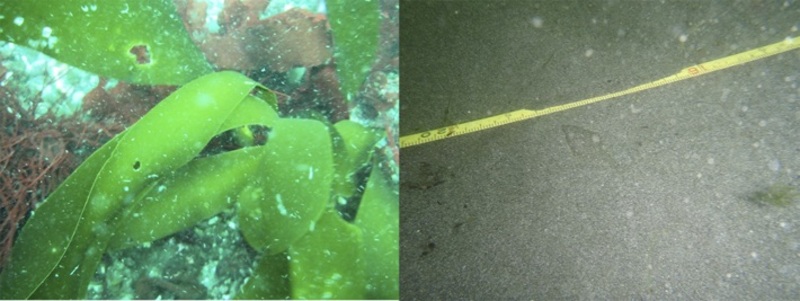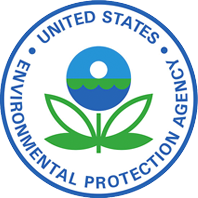Habitat in Transition

A cascade of ecological changes
Before the dams were removed, the substrate at many of the sample locations on the Elwha river delta was composed of gravel and cobble. The large rocks allowed kelp and other algae to attach their holdfasts and grow into a dense kelp forest. When the Elwha dams were removed, sediment was released and began flowing down the river. As the sediment made its way to the ocean, the underwater habitat began to change.
The first pulse of sediment clouded the water with mud, blocking most of the sunlight from reaching the depths below. At times, the sediment was so concentrated that even in shallow water in the middle of the day it was as dark as night. The lack of light made it difficult for algae to grow, and a lot of algae died.
Soon, the next pulse of sediment made its way to the ocean. Sites that were closer to the mouth of the river got buried with gravel, cobble, and sand. For example, one 35-foot deep dive site that was part of the study had so much sand and gravel deposited on it that it became shallow enough to walk to from the shore. The sand and gravel scoured out most of the remaining algae until only a few tattered stalks were left.
Eventually, the ecosystem – specifically the communities of algae, plants and animals that made their home in the Elwha estuary or the shallow nearshore near the river mouth – responded to these habitat changes. Read the next section, “Creatures Adapting,” to learn more about how these organisms responded to their new environment.



